Weather Guide: Find the Best Time to Visit Mauritius
Last Updated: June 23, 2024

Discover the ideal time to visit Mauritius with our expert weather guide. Uncover regional climate variations, clear up common misunderstandings and plan your dream tropical getaway with confidence. From sun-soaked beaches to lush landscapes, learn how to make the most of Mauritius’ diverse weather patterns year-round.
Introduction: Unveiling the Tropical Paradise
Imagine a jewel in the Indian Ocean, where pristine beaches meet lush landscapes. This is Mauritius, a tropical haven that captivates travellers worldwide. However, there is more to this island than picture-perfect views. Mauritius boasts a climate as diverse as its culture, offering unique experiences throughout the year.
Are you wondering how to plan the perfect Mauritian getaway? What is the best time to visit? How does the weather change across the island? This guide answers these questions and more. We shall explore Mauritius’ climate in detail, tackling common concerns and myths. Our goal? To help you choose the ideal time and place for your dream holiday.
Key points we shall cover
Whether you are a sun-seeker, nature lover or adventure enthusiast, Mauritius has something for everyone. Let us dive in and uncover the secrets of this island paradise!
Seasonal Insights: Understanding Mauritius’ Climate
To truly appreciate Mauritius’ climate, one must look closely at each season’s characteristics and what they offer to visitors. Mauritius enjoys a mild tropical climate throughout the year, with two distinct seasons and transition periods.
The Warm Embrace of Summer (November to April)
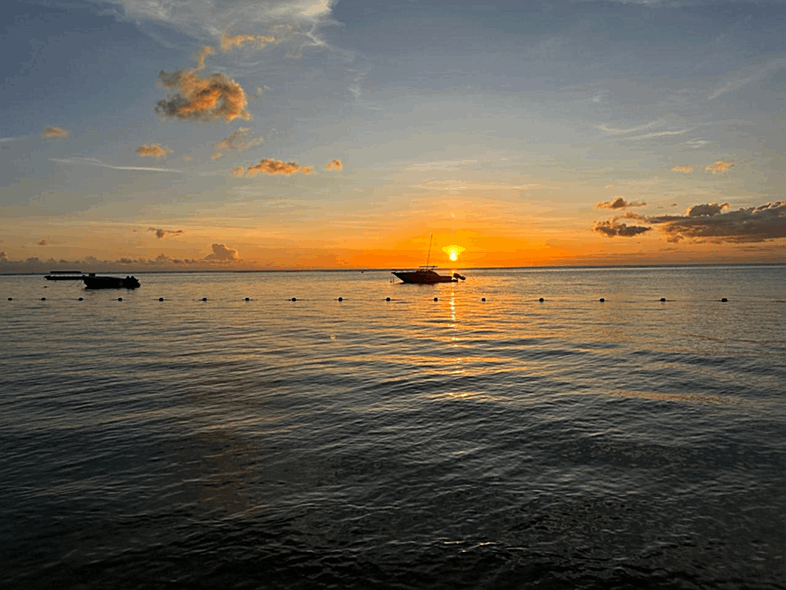
As the calendar turns to November, Mauritius dons its summer attire, welcoming visitors with open arms and balmy breezes. This period is characterised by:
While occasional tropical showers may occur, many visitors find these brief interludes a refreshing respite from the heat. It is crucial, however, to stay informed about weather forecasts and follow any advisories issued by local authorities, especially regarding tropical cyclone activity.
The Gentle Caress of Winter (June to September)
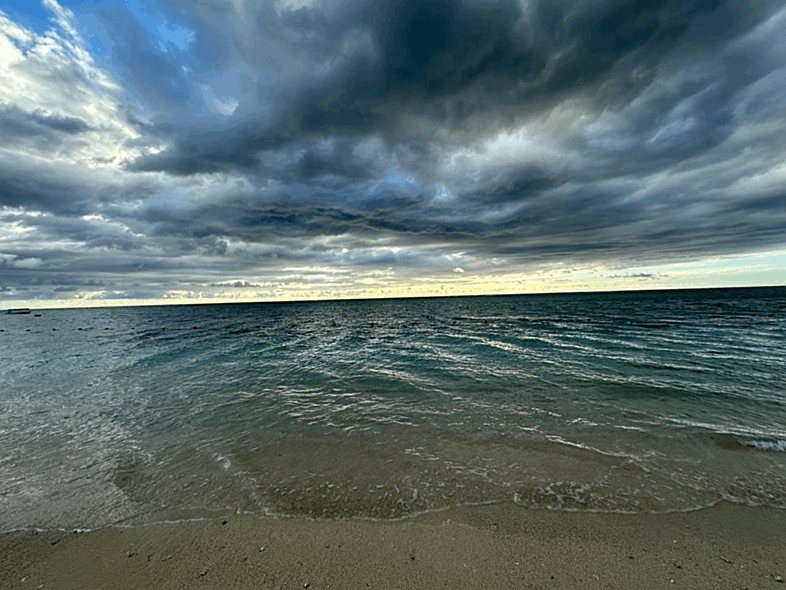
As summer bids adieu, Mauritius transforms, offering a different yet equally enchanting experience:
Mauritius Winter Outlook 2024
For a quick reference, we have included a table showing expected temperatures across Mauritius for the winter months of 2024. This table breaks down temperatures by region, helping you plan your visit and pack accordingly.
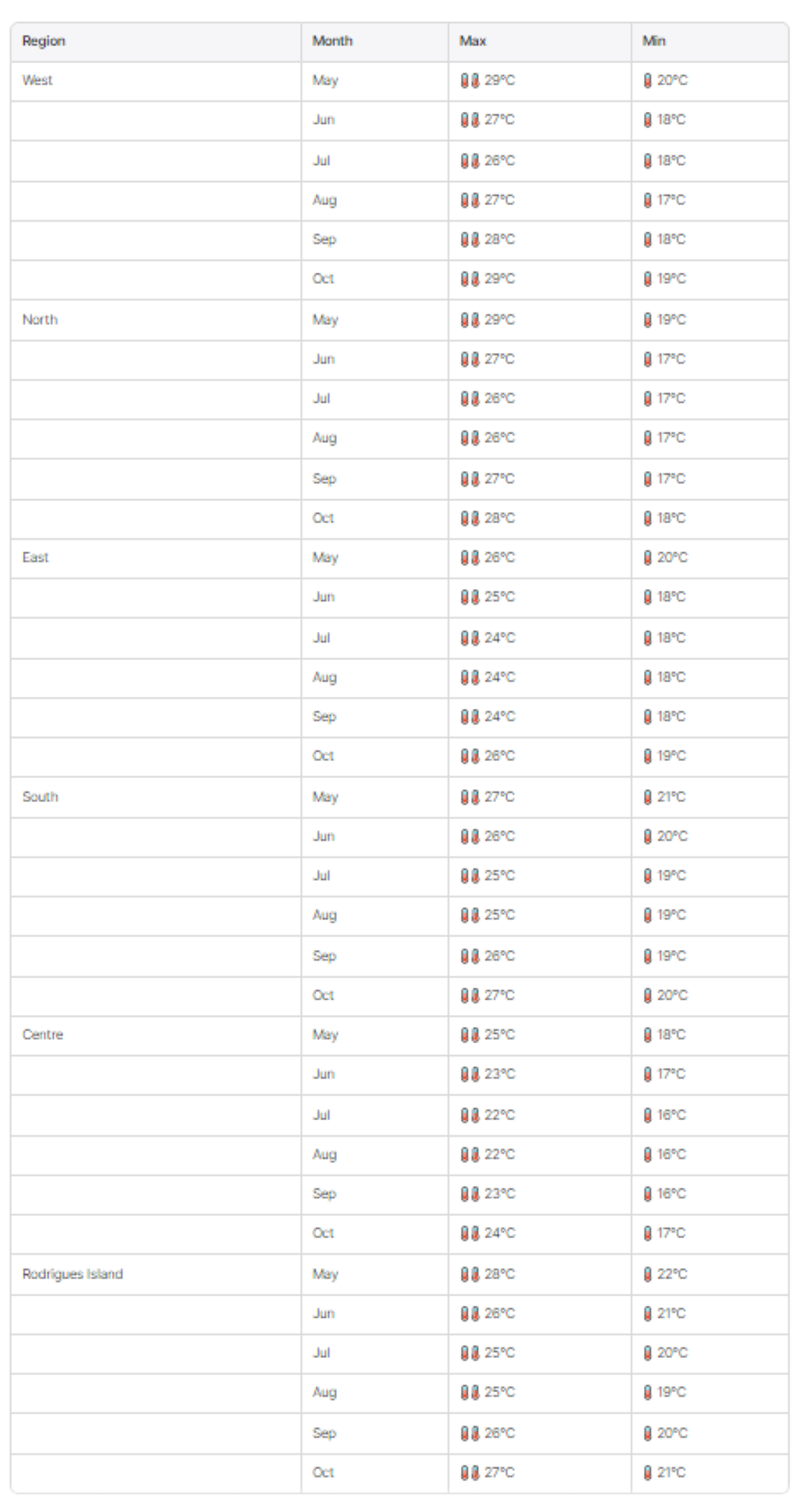
Your Guide to the Best Beaches in Mauritius
Find out more about our approach to selecting YOUR beach
Shoulder/Transitional Seasons (April-May and September-November)
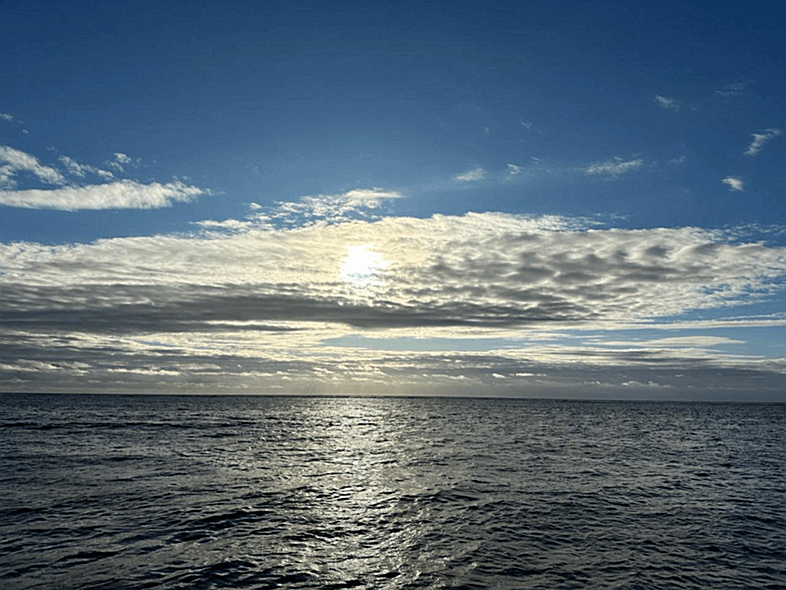
These transitional periods offer a harmonious blend of summer and winter conditions:
Mauritius has a tropical climate, which means you can see both sunshine and rain anywhere on the island, no matter the season or region. While we have described general weather trends, it is best to be ready for some changes.
• Sunshine: Expect 6.5 to 8+ hours of daily sunshine, depending on where and when you visit.
• Visit Duration: Most people stay for about 11 nights, so you are likely to enjoy good weather for most of your trip.
• Best Time to Visit: This depends on what you want to do and where you plan to stay on the island.
Remember, the weather patterns we have described are long-term trends. Your actual experience might vary a bit, but that is all part of the tropical island charm!
Regional Variations: Mauritius’ Microclimates Unveiled
One of the most fascinating aspects of Mauritius’ climate is its regional diversity. The island, though compact, boasts a variety of microclimates that cater to different preferences and experiences:
The Sun-Kissed North
Regions like Grand Baie and Cap Malheureux bask in warmer and drier conditions, making them popular choices for sun-seekers and beach enthusiasts. Here, temperatures can be 1-2°C higher than the island average, with summer highs often reaching 32°C to 33°C.
The Serene West
The western coast, home to the picturesque Flic en Flac, holds the title of the driest region in Mauritius. Here, visitors can expect more sunny days and less rainfall, particularly during the winter months. Annual rainfall in this region can below 1000 mm, compared to over 1500 mm in other parts of the island.
The Lush East
The eastern coast, including the beautiful Belle Mare, receives higher rainfall, especially during summer. This precipitation nurtures lush, verdant landscapes that are a feast for the eyes.
The Balanced South
Areas like Le Morne in the south offer a middle ground, with moderate rainfall and temperatures. This region provides a balanced climate experience, suitable for various activities and preferences. Temperatures here tend to be close to the island average.
The Cool Central Plateau
The island’s interior, including Quatre Bornes, presents a notably cooler climate, especially at night. During winter, temperatures in this region have been known to drop as low as 7°C or 8°C, offering a unique experience for those who appreciate cooler evenings. Daytime temperatures in this region are typically 3-5°C lower than coastal areas.
Rodrigues Island: A Climate Cousin
While sharing many similarities with Mauritius, Rodrigues Island tends to be slightly drier and less humid, offering its own unique climatic charm. Annual rainfall on Rodrigues is typically around 1000 mm, compared to Mauritius’ average of 2000 mm.
Mauritius Climate Overview: Year-Round Insights
To assist with your travel planning, we have prepared comprehensive climate data for Mauritius:
What Our Climate Charts Tell You
Important to Remember
Managing Expectations: The Reality of Mauritian Weather
It is crucial to approach Mauritius’ climate with a balanced perspective. While the island generally enjoys favourable weather, visitors should be prepared for some variability:
Practical Considerations for Travellers
When planning a trip to Mauritius, consider the following:
FAQs: Sorting Fact from Fiction about Mauritius Weather
Many prospective visitors to Mauritius have concerns about the weather. Let us address some common questions:
Embracing Mauritius’ Climate Diversity
Mauritius’ climate is as diverse as its landscapes and cultures. Rather than viewing weather variations as obstacles, travellers are encouraged to embrace them as part of the island’s unique charm. Whether one seeks the vibrant energy of a tropical summer or the mild caress of a maritime winter, Mauritius offers a climate to suit every preference. The key to enjoying Mauritius lies in understanding its weather patterns, choosing the right region and season for one’s preferences and approaching the holiday with an open mind. After all, it is this very diversity that makes Mauritius a year-round destination, capable of offering new experiences with each visit.
Useful Online Resources
To help you stay informed about Mauritius’ weather conditions and make the most of your visit, we recommend the following online resources:
These resources can provide valuable insights into current and upcoming weather conditions, helping you plan your activities and make the most of your Mauritian adventure. Remember, while these tools are helpful, the island’s microclimate diversity means that conditions can vary significantly from one area to another, adding to the unique charm of your Mauritius experience.
Conclusion: Your Mauritian Adventure Awaits
As we wrap up our exploration of Mauritius’ climate, we hope this comprehensive guide has illuminated your path to the perfect island getaway. From the sun-kissed beaches of the North to the cool embrace of the Central Plateau, Mauritius offers a tapestry of microclimates as diverse as its cultural heritage. Remember, there is no universally ‘best’ time to visit Mauritius. Each season paints the island in unique hues, offering experiences tailored to different preferences:
As you plan your journey, embrace Mauritius’ climate diversity. Let the tropical showers nurture your sense of adventure, and the trade winds carry you to new discoveries.
Stay Connected with Us
Your feedback is invaluable. Share your thoughts, questions, or personal stories with us. Your insights enrich our community and help us refine our guidance for future explorers.
Why Trust Our Reviews?
Our mission was born from personal experiences with misleading travel information. We have faced disappointments due to inaccurate reviews and we are committed to ensuring you do not encounter the same. Our reviews and guides are:
Our sole aim is to equip you with accurate information for informed travel decisions. As you stand on the threshold of your Mauritian adventure, remember that you are not just planning a holiday – you are preparing for a journey that could redefine your understanding of tropical paradise.
Whether you seek:
Mauritius awaits with its myriad charms.
Your adventure in Mauritius is about to unfold. Are you ready to embrace the diversity, beauty, and warmth of this Indian Ocean jewel? The pristine beaches, swaying palms and warm Mauritian smiles are calling. It is time to answer that call and create memories that will last a lifetime.
Stay tuned for our upcoming article showcasing the different beaches in various areas of Mauritius, complete with useful information, photos and videos during summer and winter. This will provide even more insights to help you decide what you prefer, where and when to visit this tropical paradise.
Related Posts
4 responses
-
Really nice article – thanks for the useful information. Planning my trip for Christmas & New Year!
-
Thanks for sharing. Helpful.
-
Interesting and helpful info. I did not realise how complicated the weather patterns are in Mauritius.
-
Very accurate details indeed – nice photos of Mauritius.

About Us
Hello from TrippVibes!
We are passionate about guiding you to unforgettable, authentic travel. With over two decades of collective firsthand global exploration, our seasoned experts share honest, unbiased advice and those ‘little secrets’ that craft truly immersive journeys. All our travel is independently funded – just real experiences, honestly shared.
Explore Our Destination Guides
Meet Us & Our Travel Philosophy
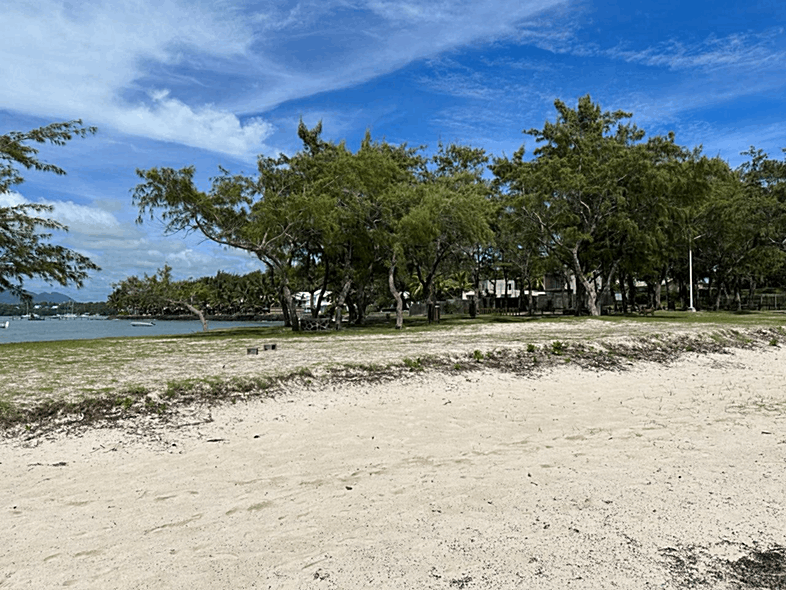
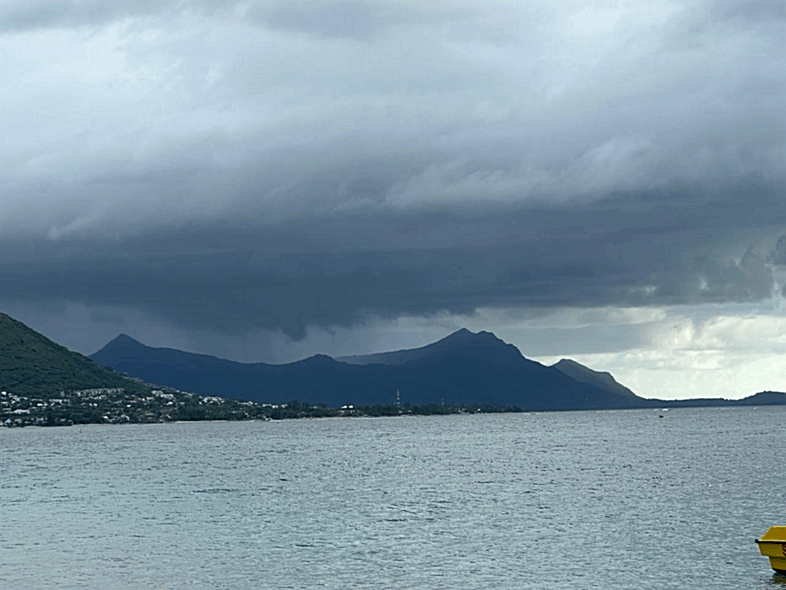
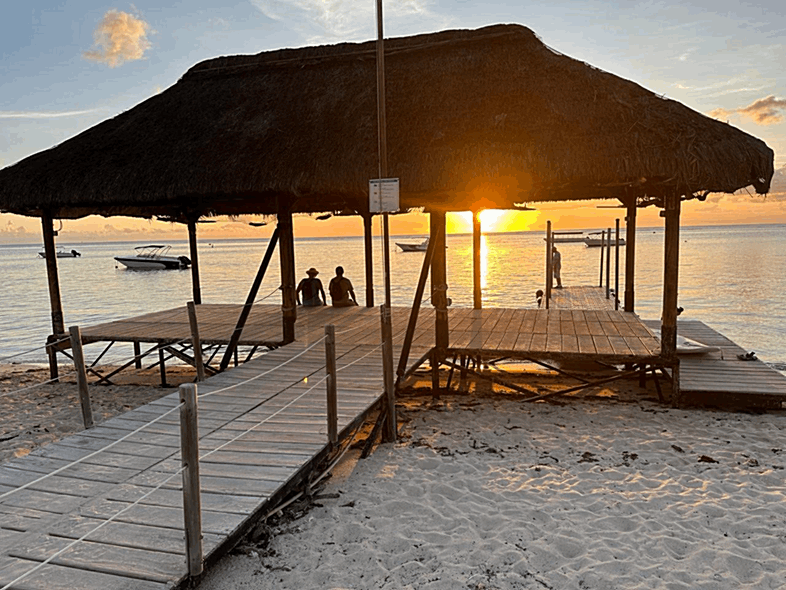
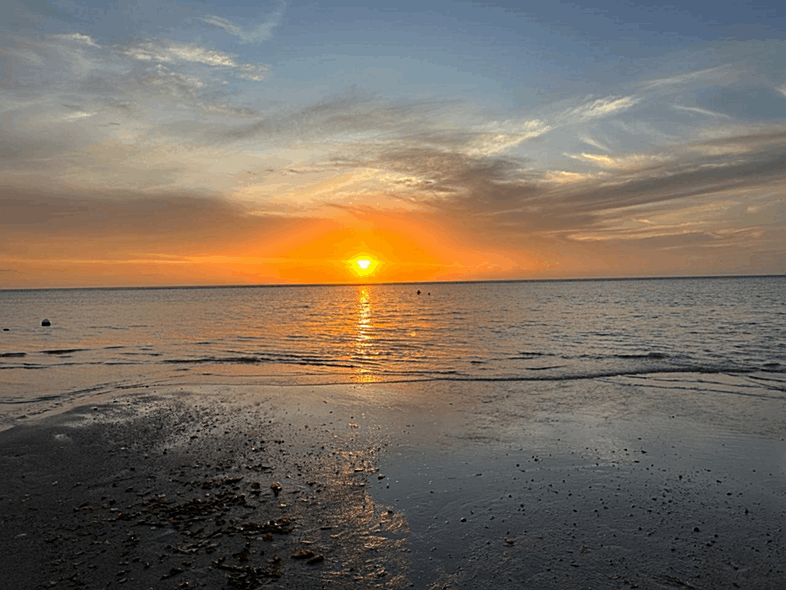
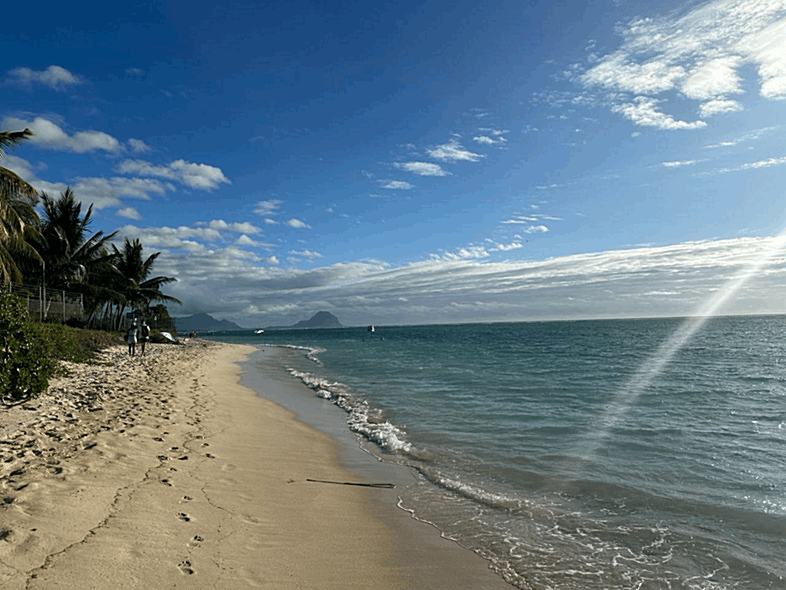
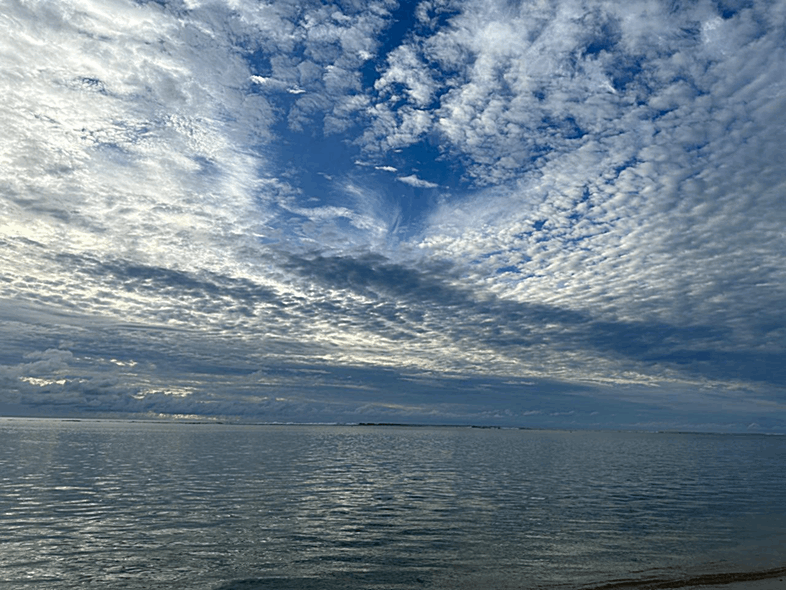
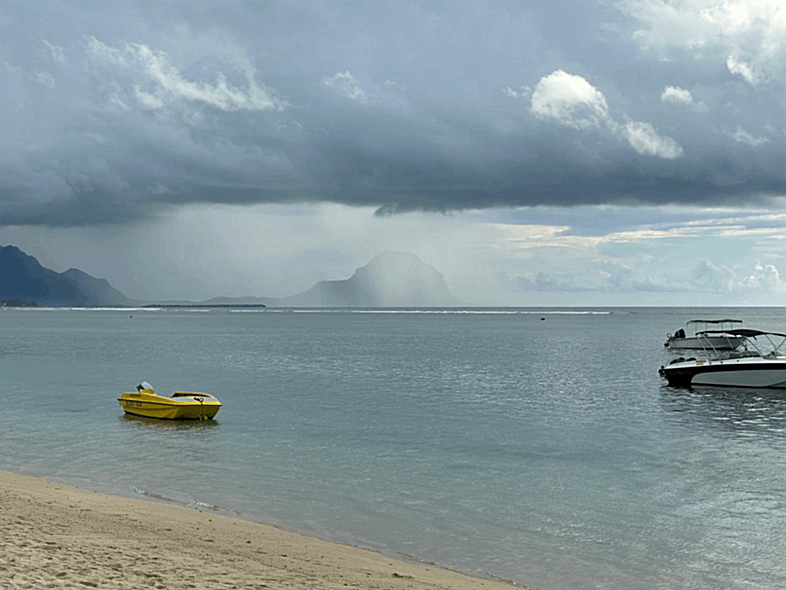
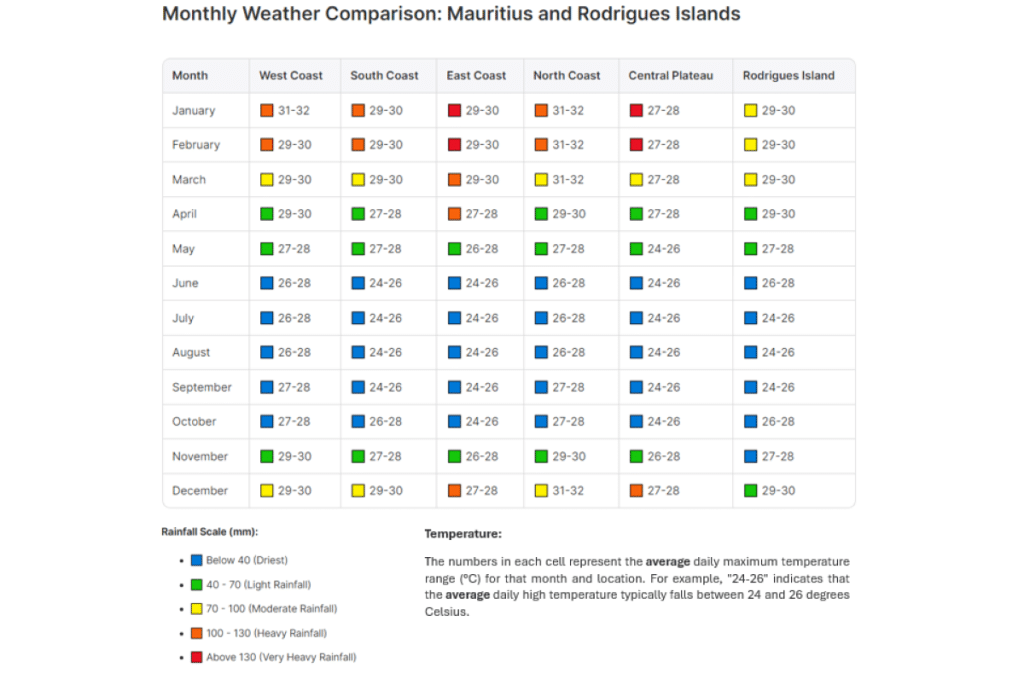

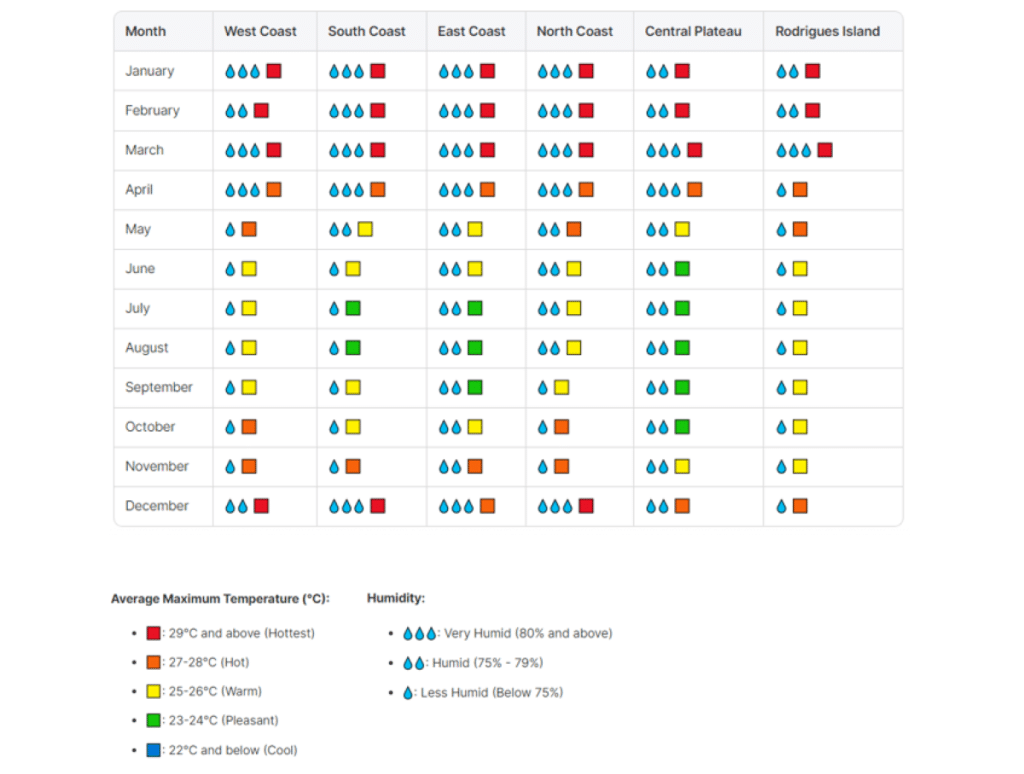

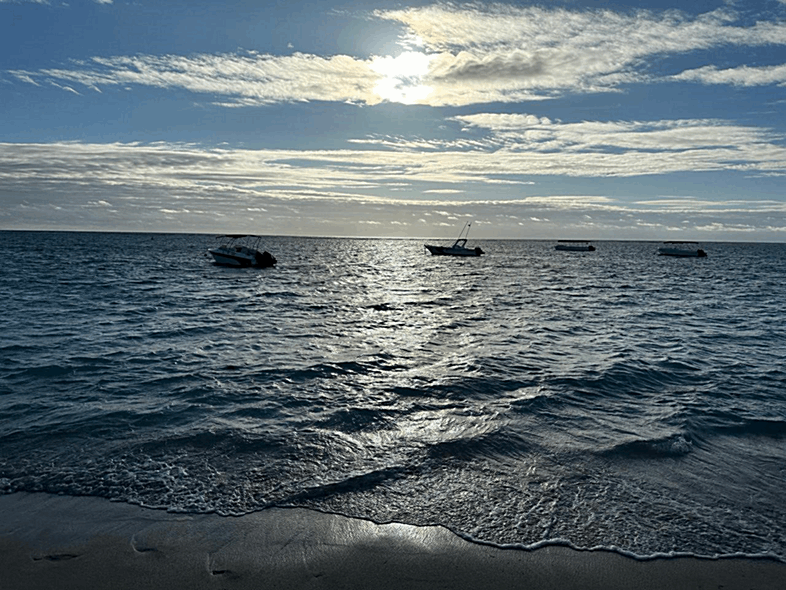
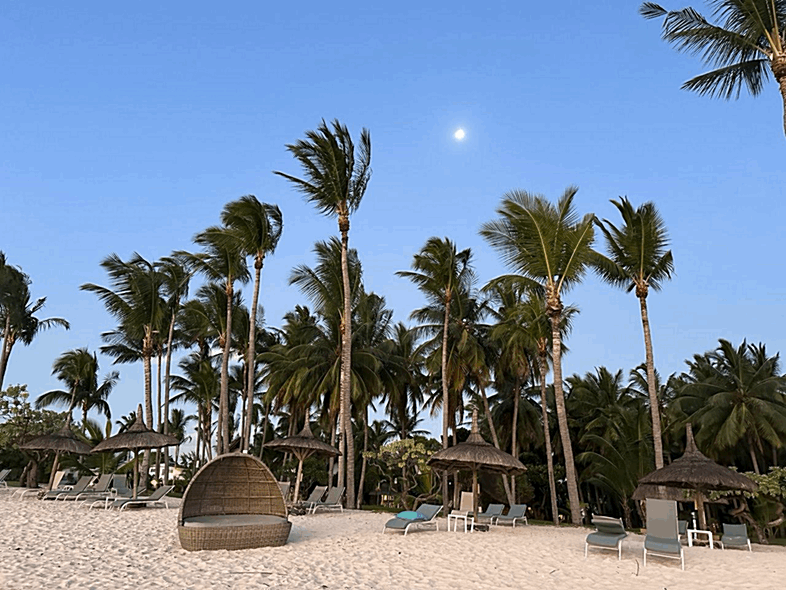
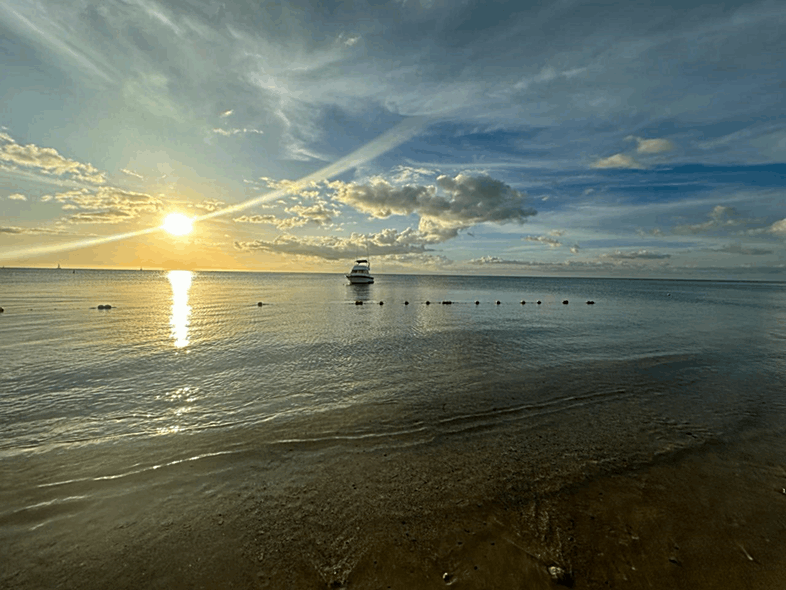
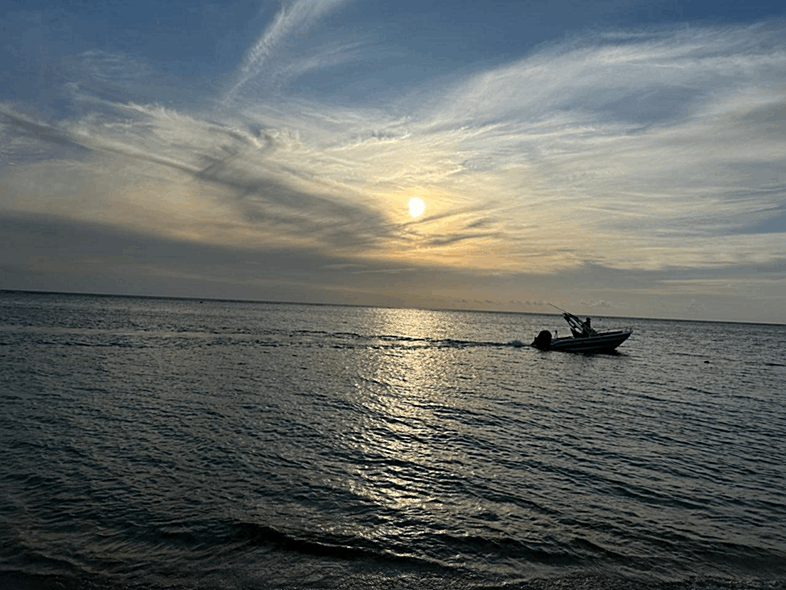
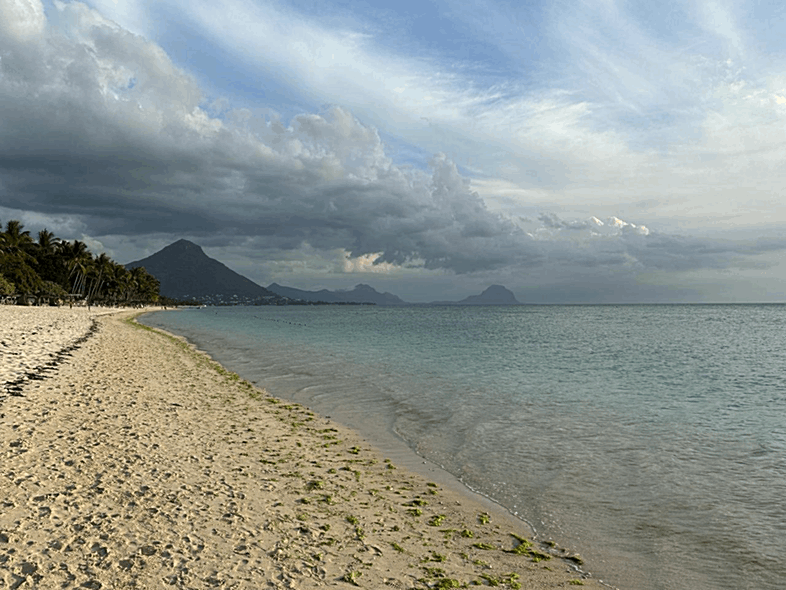







Leave a Reply